Award winning dermatology service, with over 20 years on experience
Short waiting lists, on some occasions offering same week appointments
Safe environment, in Care Quality Commission approved facilities
Freckles & Solar Lentigos Treatments Include:
Solar Lentigo & freckle removal treatment In Canterbury & Kent
The primary difference between freckles and solar lentigos is found in the way they are formed. Whereas freckles are caused by an increased production of pigment from existing melanocytes, solar lentigos form due to a higher density of melanocytes. The latter contribute to the appearance of dark patches on the skin generally caused by intermittent sun exposure over time – thus giving them the name ‘solar’ lentigo. Both offer links to various lifestyle factors and are widely observed, though they pose little to no threat in terms of health risks, people often seek advice or treatment on how best to manage their appearance.
Alternative names: Liver spot, old age spot, senile freckle, sun spots (singular: lentigo)
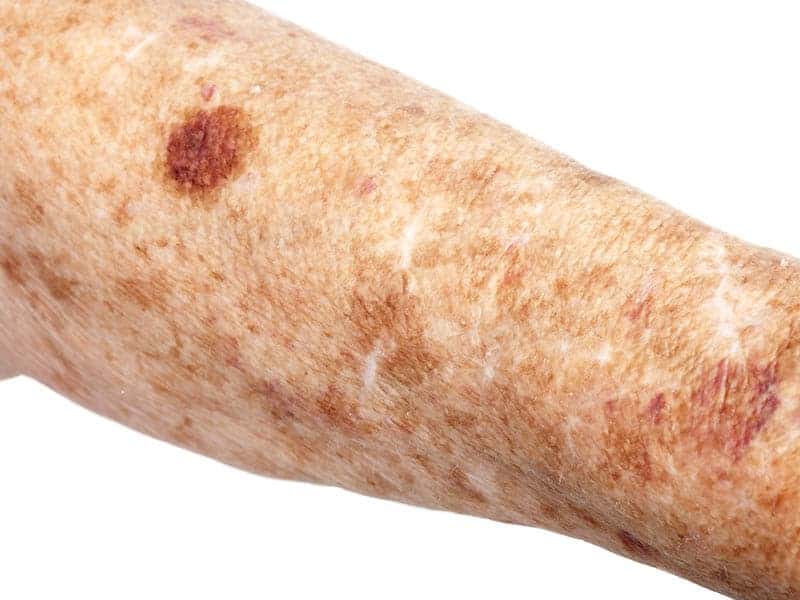
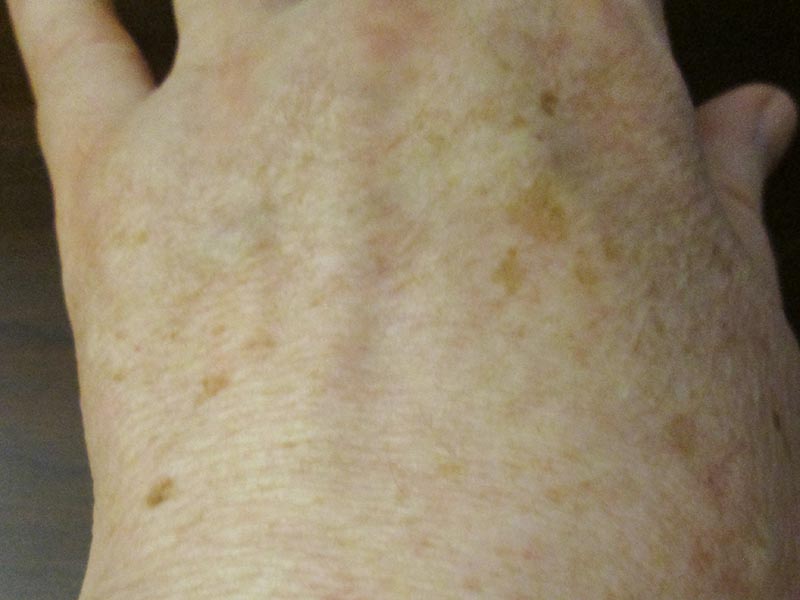
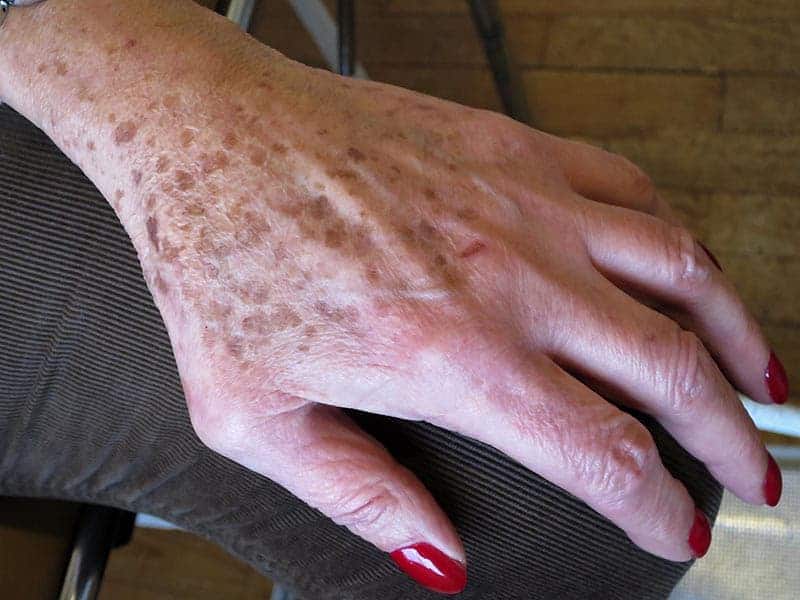
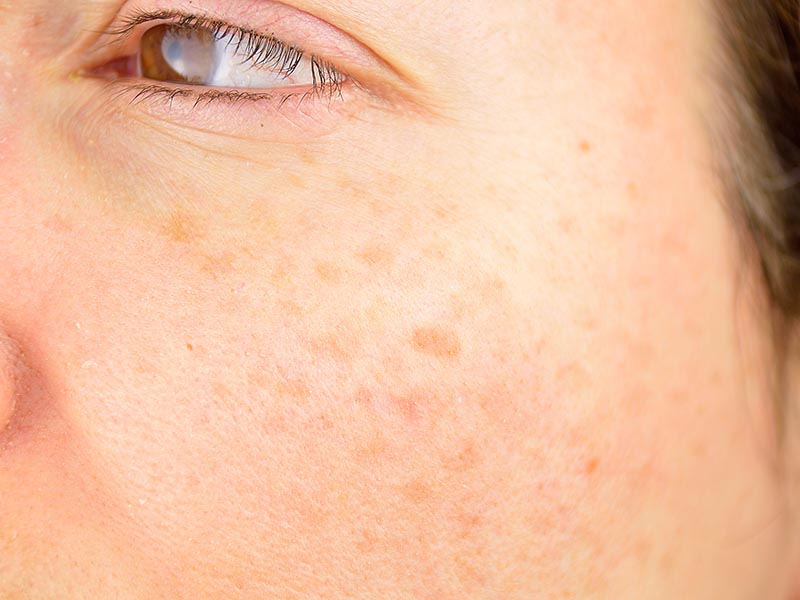
WHAT CAUSES FRECKLES AND SOLAR LENTIGOS?
Freckles and solar lentigos are two common skin conditions that occur after exposure to the sun. They usually appear on the face, neck, shoulders, and forearms—areas frequently exposed to sunlight. While freckles tend to manifest on lighter skin tones during childhood or early adolescence, solar lentigos emerge in adulthood for most people. Both involve overproduction of melanin—the pigment responsible for the color of skin, hair and eyes. Factors such as genetics and hormones can also make individuals more prone to developing age spots than others. Nonetheless, being mindful of UV radiation from the sun is an important factor in reducing your risk for these brown spots.
WHAT ARE THE SYMPTOMS OF FRECKLES AND SOLAR LENTIGOS?
Freckles and solar lentigos are two different types of skin pigmentation that can be found on the face, neck, arms, chest, etc. Freckles are often seen in individuals with lighter skintones and they appear as small, reddish brown spots. Meanwhile, solar lentigos are more common among individuals with darker skin-tones and they appear as a large number of small flat brown spots. Both freckles and solar lentigos are harmless but can be cosmetically undesirable for some people. These kinds of sunspots or skin darkening are usually caused by overexposure to ultraviolet radiation from either the sun or from tanning beds. Without treatment these pigmentation marks may become progressively darker over time. Therefore it is important to speak with your doctor if you believe that you have signs of either freckles or solar lentigos in order to start a preventive treatment plan.
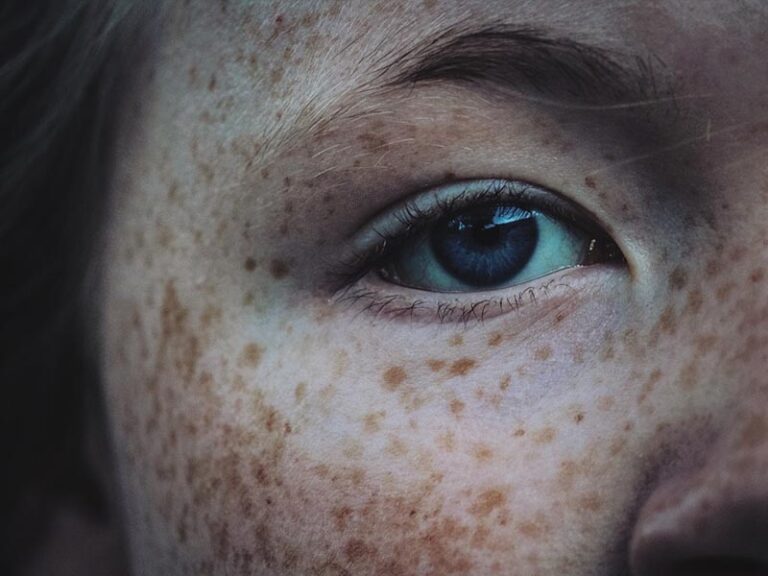
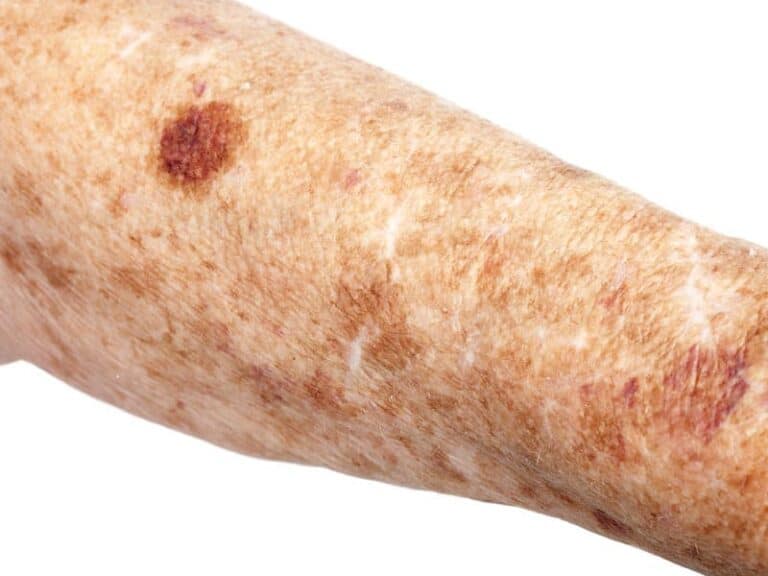
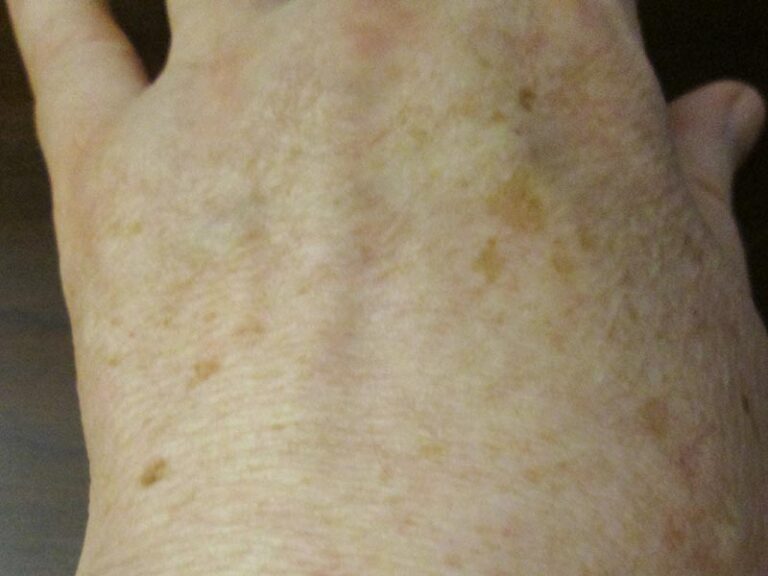
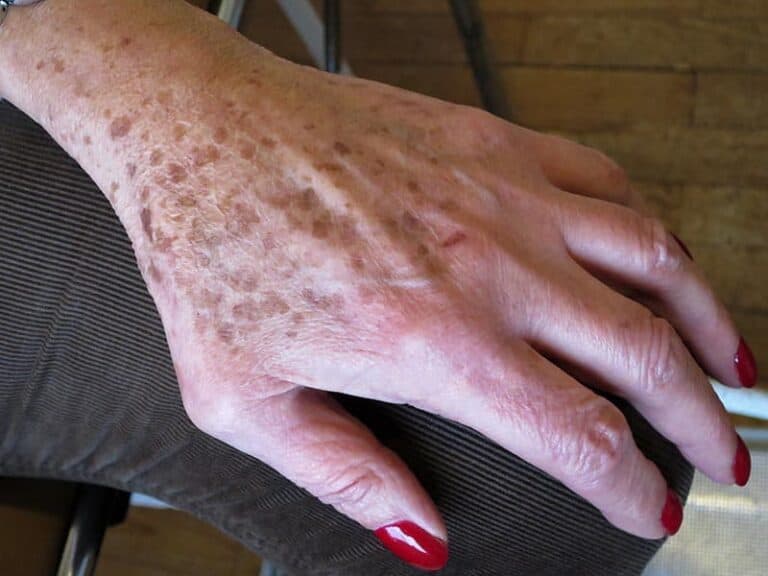
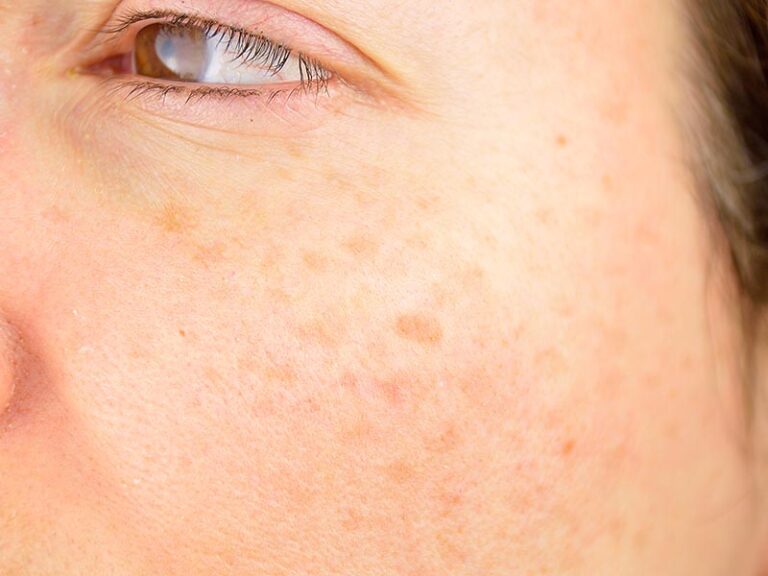
HOW CAN FRECKLES AND SOLAR LENTIGOS BE TREATED?
For patients who already have a large number of freckles and solar lentigos, there are treatments available to reduce their appearance. Common treatments include lasers and intense pulsed light (IPL). These procedures use a high-energy beam of light technology to intentionally damage the tissue in order to reduce the visibility of skin structures such as freckles, sun spots, and other forms of pigmentation. While lasers focus on one wavelength at a time, Intense Pulsed Light Systems work by delivering hundreds of wavelengths in a single burst and filtering out undesired wavelengths. In addition to these procedures, Chemical Peels are most commonly used for treating further layers beyond the surface skin structure. Multiple sessions for procedures such as laser technology may be needed for maximum results or may need boosters throughout the years; however, many patients report satisfaction with their initial procedure results.
FREQUENTLY ASKED QUESTIONS
ARE FRECKLES DANGEROUS?
Though freckles and solar lentigines may be mistaken for malignant melanoma, they do not themselves turn into cancer, and thus are benign. However, some people find them cosmetically unappealing, especially on the face.
WHAT CAUSES FRECKLES TO SUDDENLY APPEAR?
The exposure to UV-B radiation activates melanocytes to increase melanin production, which can cause freckles to become darker and more visible. Freckles are therefore more visible following exposure to sunlight.
CAN FRECKLES TURN INTO MOLES?
No, freckles can’t turn into moles. Freckles appear due to sun exposure or genetics, whereas moles appear after the skin cells develop into a cluster instead of spreading out on the skin.
WHAT AGE DO FRECKLES MOST COMMONLY APPEAR?
The average age that children develop freckles is between 2 and 4 years old.
ARE FRECKLES A SIGN OF SUN DAMAGE?
Freckles actually act like sun cream and are a natural way for the skin to block dangerous UV rays from penetrating the deeper layers of skin. They aren’t a sign of sun damage but actually protect areas of the skin that are particularly sensitive to UV light.
REQUEST A CALL BACK
Please fill in this form and one of our team will give you a call back to arrange a consultation with one of our expert dermatologists.
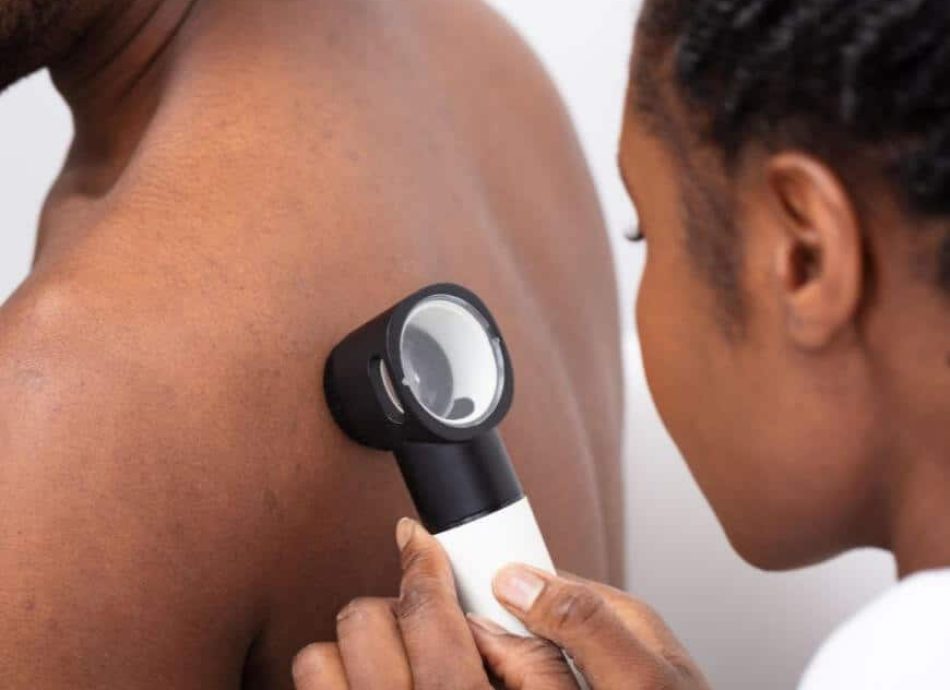
What our Customers Say
WHY CHOOSE freckle removal treatment FROM CANTERBURY SKIN AND LASER CLINIC?
While freckles and solar lentigos are not dangerous, they can be treated to reduce their appearance for cosmetic reasons. We work with leading experts in the field of dermatology to ensure you have the best experience and treatment. Here at Kent’s leading private skin and laser clinic, our experts are specialists in all aspects of dermatology, skin cancer, anti-ageing and beauty treatments. We are one of the few skin clinics in the UK where all medical consultations and treatments are provided by specialist doctors with Dermatology experience and laser training.
Canterbury Skin and Laser Clinic is regulated by the Care Quality Commission, ensuring the best level of treatment is provided to you in a safe environment. Our Clinical Lead Dr Mark Hudson-Peacock is a member of the British Association of Dermatologists, the British Laser Medical Association, the British Hair and Nail Society, the European Academy of Dermatology and Venereology and is certified by the Consulting Room. We have won many awards including the WhatClinic Patient Service Award in 2019 and the ghp Healthcare and Pharmaceutical Awards 2019.
Latest INSIGHTS AND ADVICE
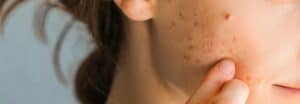
Understanding Acne: A Deep Dive For Acne Awareness Month
Acne Awareness Month is marked globally in June. It’s an opportunity to shed light on one of the world’s most common skin conditions, emphasising the importance of education, support and accessible treatments for those living with acne. Acne Awareness Month seeks to debunk misconceptions, share

Types of Aftershave Ingredients that Can Irritate Acne
Whilst acne primarily impacts teenagers and, in some cases for women during hormonal changes,, acne appearing on mens’ skin can also be common, and can be aggravated after shaving. Men who shave regularly are more prone to acne because shaving opens up their pores and
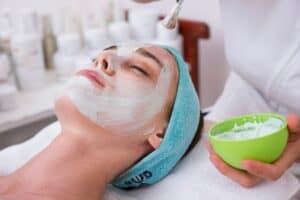
What is the best treatment for acne scars?
With acne being the most common skin condition in teenagers and young adults, more and more research into the treatment of acne is being conducted. Statistics show that acne affects three out of four people between the ages of 11-30 according to Medical News Today, with




